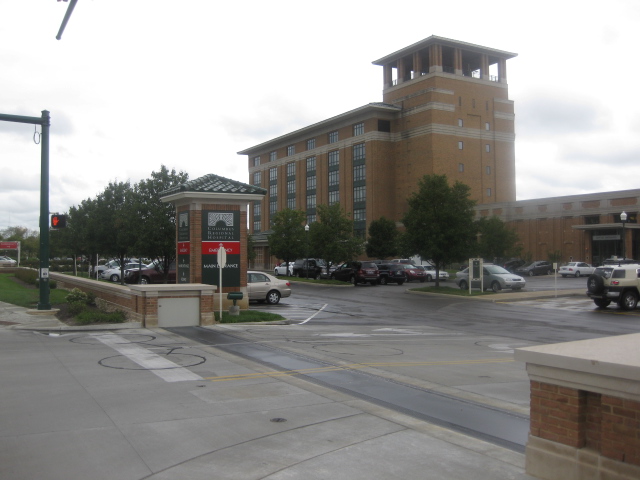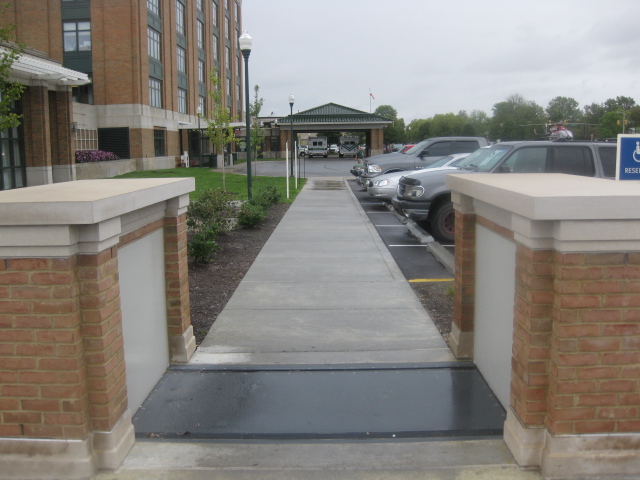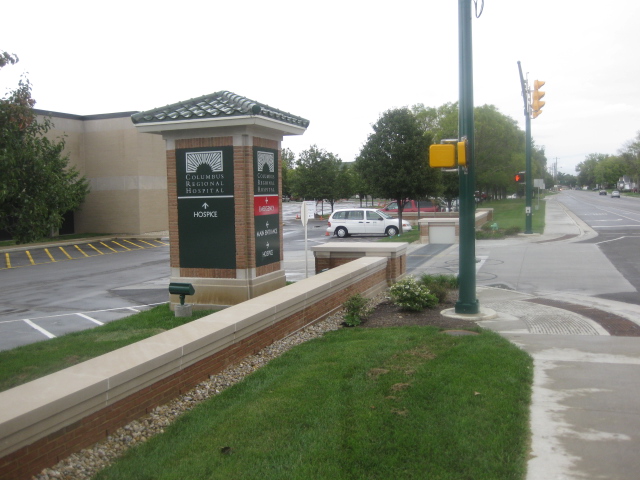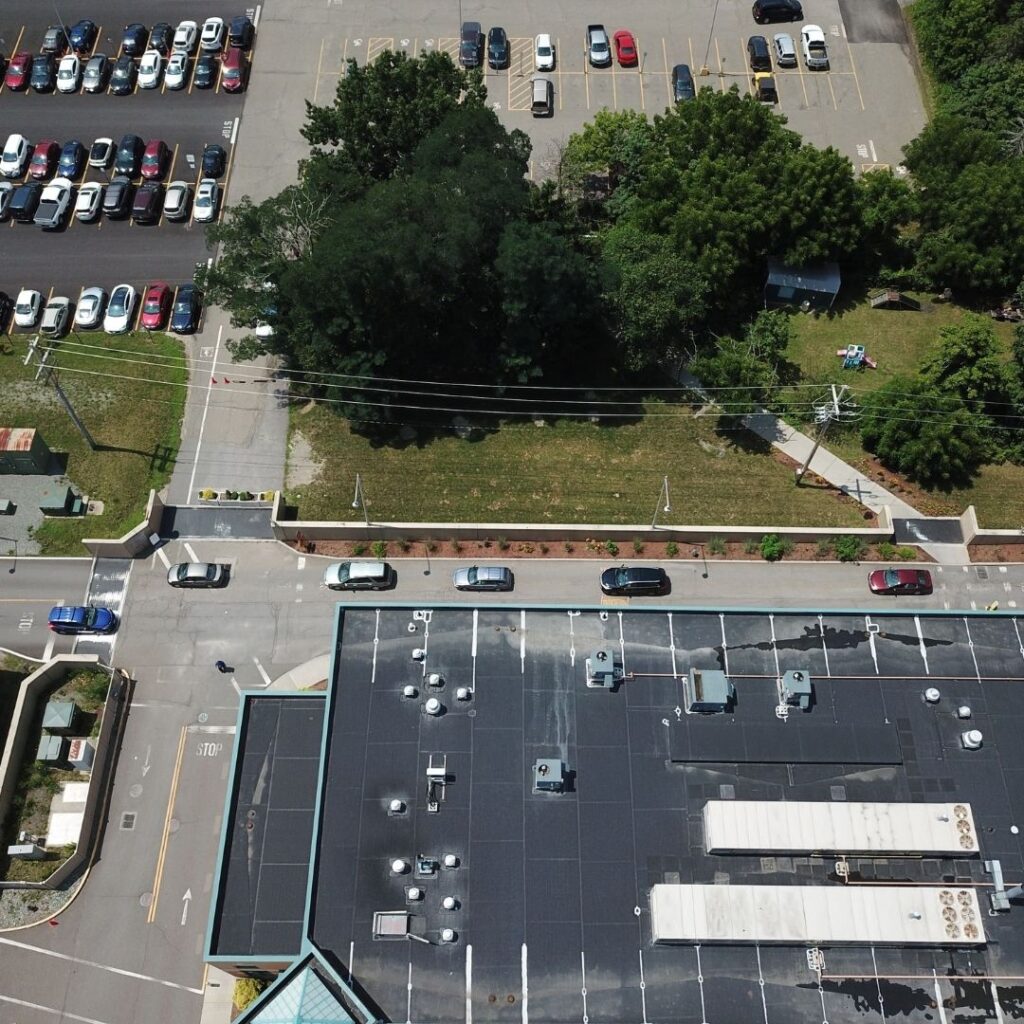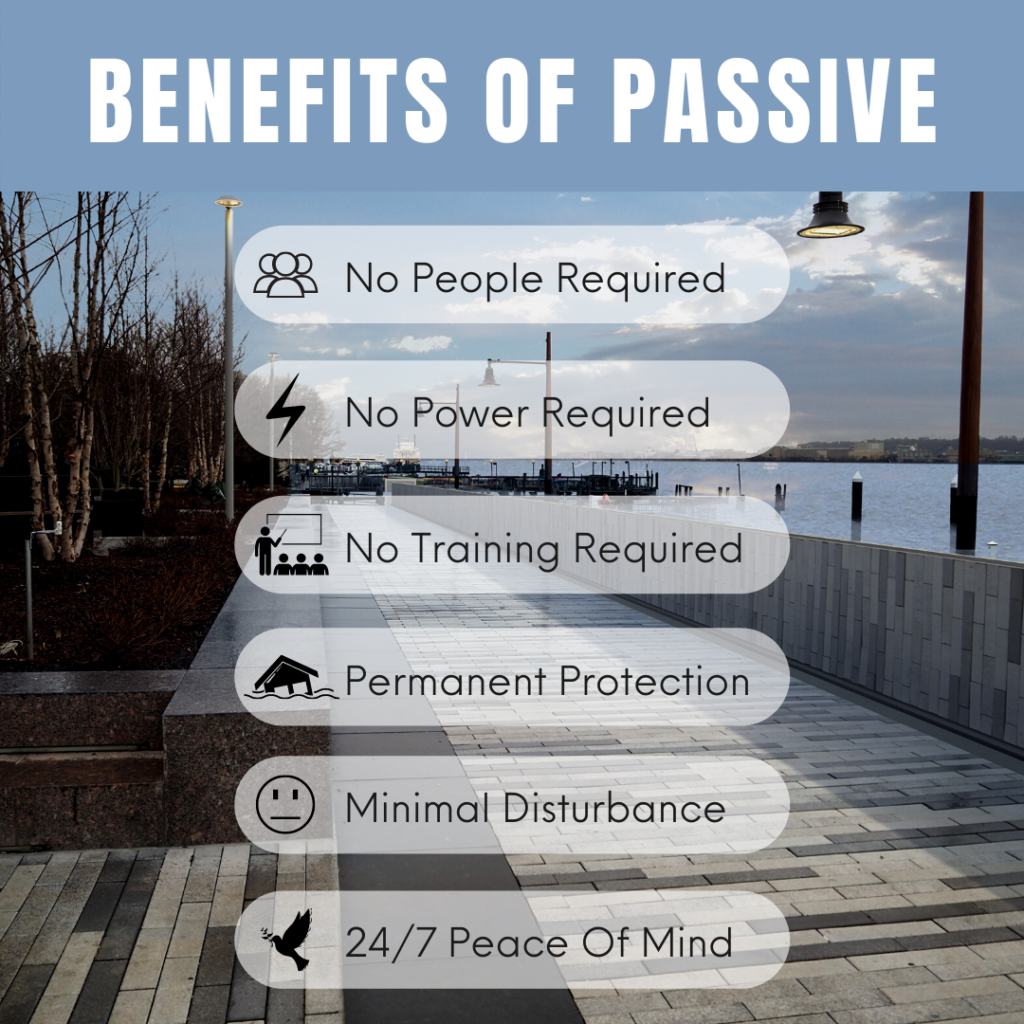Understanding Passive Flood Control
Passive floodproofing has become the industry standard for high-quality and dependable flood protection. The use of passive flood barriers over active flood control provides permanent protection for properties without with severely reduced risk and hassle. FEMA recommends passive for all non-residential buildings at risk of flooding.
Passive flood control means that buildings and properties are protected without any dependency on human intervention or power. In the event of a storm, passive flood barriers are lifted up by the floodwater itself. After the water recedes, the gates return to their stored underground position.
Hydrostatic pressure is what activates the barriers, not electricity or people.
Why Passive Is The Best Form Of Floodproofing
Proper flood mitigation is a difficult thing to execute correctly. Traditionally, these projects relied exclusively on active flood protection measures, some permanent, some temporary.
History has taught that these active measures, whilst effective if done perfectly, regularly fail. This failure is either a result of poor mitigation strategy, incorrect forecasting, losing power, or simply not having enough time.
With passive flood control, there is no need to rely on emergency generators or other power sources to protect a property. Once the passive flood barriers are installed, they will provide permanent protection until they are physically removed from the ground.
Passive flood control is especially ideal for properties in remote locations that are difficult for personnel to reach. Relying on active measures for valuable remote properties is a risk that passive measures don’t require you to take.
Click here to see the benefits of passive flood control over active.
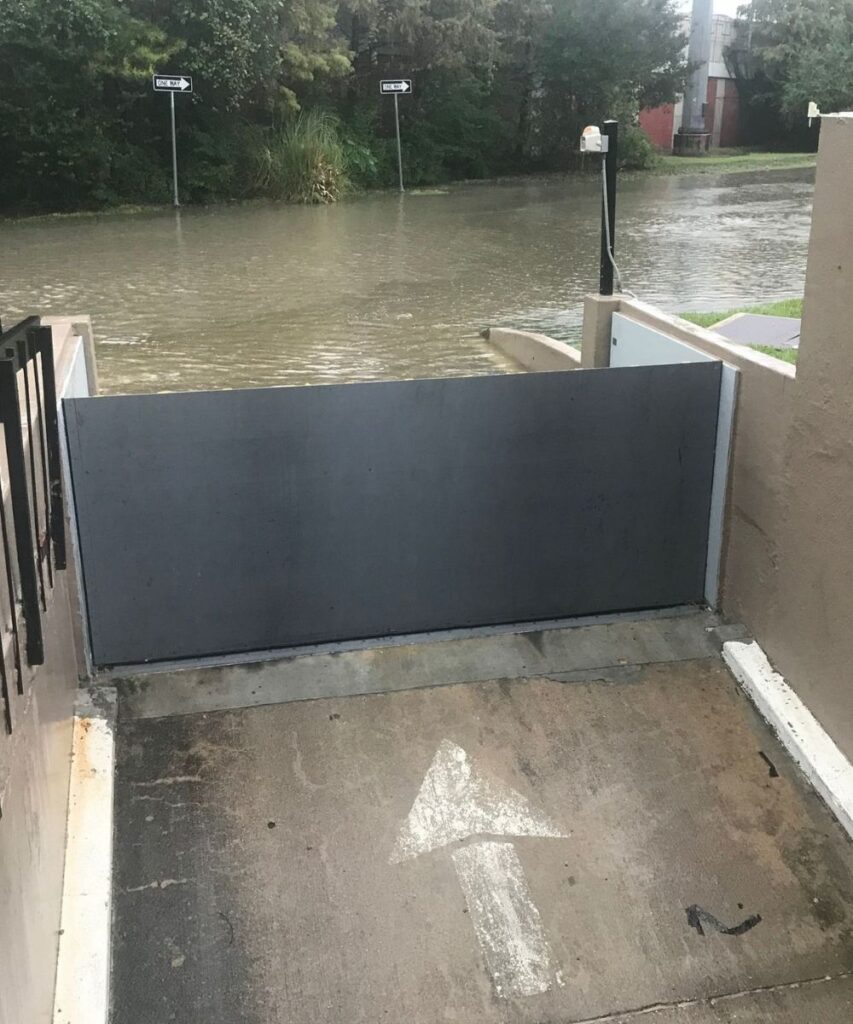
Passive Flood Mitigation In Action: Columbus Regional Hospital
On June 7, 2008, Haw Creek, a small tributary, came out of its banks due to flash flooding in the northern part of the floodway. The unprecedented flooding quickly flooded Columbus Regional Hospital, Cummins Diesel, and other businesses in the area.
Columbus Regional Hospital was forced to evacuate 157 patients as flooding knocked our primary and emergency electrical systems, boilers, chillers, and transport systems. A no-adverse-impact flood risk management approach was adopted by the city in response to catastrophic flood damage sustained in 2008.
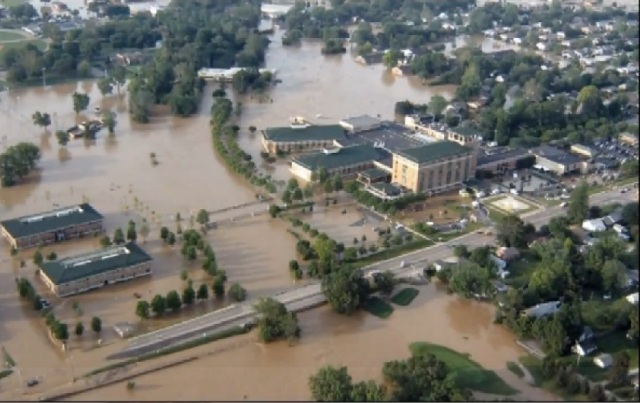
The aftermath of Columbus Regional’s flood in 2008
Detailed hydrologic and hydraulic modeling of the watershed was developed along with a plan for permanent mitigation of future flood damage both for facilities like Columbus Regional and the overall flood risk areas in the Haw Creek flooding corridor.
Columbus Regional wanted to undertake floodproofing measures that would not negatively impact other nearby properties.
The Passive Solution:
Hospitals are critical infrastructure buildings that must remain operational as long as possible. Even in the case of a flash flood or storm, a hospital forced to do a evacuation like Columbus Regional did in 2008 could lead to people losing their lives.
Because of that, the flood mitigation plan for the hospital had to provide flood protection for the hospital without slowing down daily operations. The solution ultimately included our passive flood barriers as a key component.
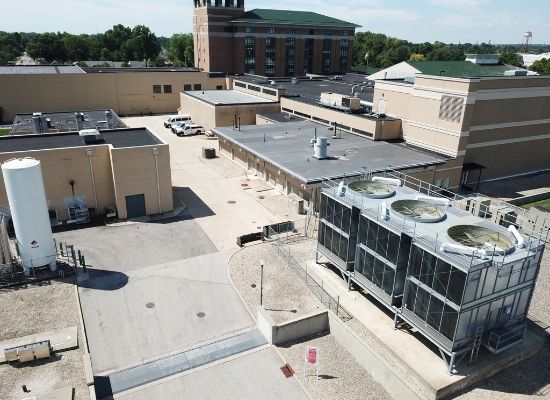
A 2,400 foot floodwall was built two feet higher than the 100 year flood elevation around the entire perimeter of the hospital. This massive floodwall included 15 passive Floodbreak floodgates at all vehicle and pedestrian entry points. Like all of our passive flood control products, these entryway flood barriers deploy without human intervention or power. During dry times, they simply lay dormant underground, not disturbing to the surrounding area and activities.
As stated earlier, Columbus Regional lost emergency power in the 2008 flood. For this reason, the hospital could not afford to rely on automatic flood barriers that rely on electricity to operate.
In order to truly floodproof this vital property, passive flood control was the choice that best served Columbus Regional, their patients, and the surrounding community.
The resounding success of this flood mitigation project that we played a large part in has since been nominated by FEMA as a success story.
Read more about why FEMA highlights our Columbus Regional project here.
